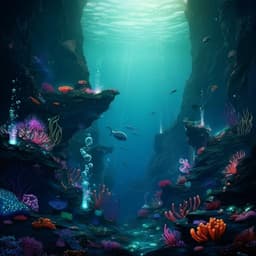
Physics
Proof-of-principle experiment for laser-driven cold neutron source
S. R. Mirfayzi, A. Yogo, et al.
This groundbreaking research introduces the first experimental demonstration of a cold neutron source powered by an ultra-intense, short-pulsed laser, achieving a remarkable cold neutron flux of ~2 × 10³ n/cm²/pulse. Conducted by an esteemed group of researchers, the findings pave the way for a predicted future flux of ~1 × 10⁹ n/cm²/s using high-repetition-rate laser technology.
Playback language: English
Related Publications
Explore these studies to deepen your understanding of the subject.







